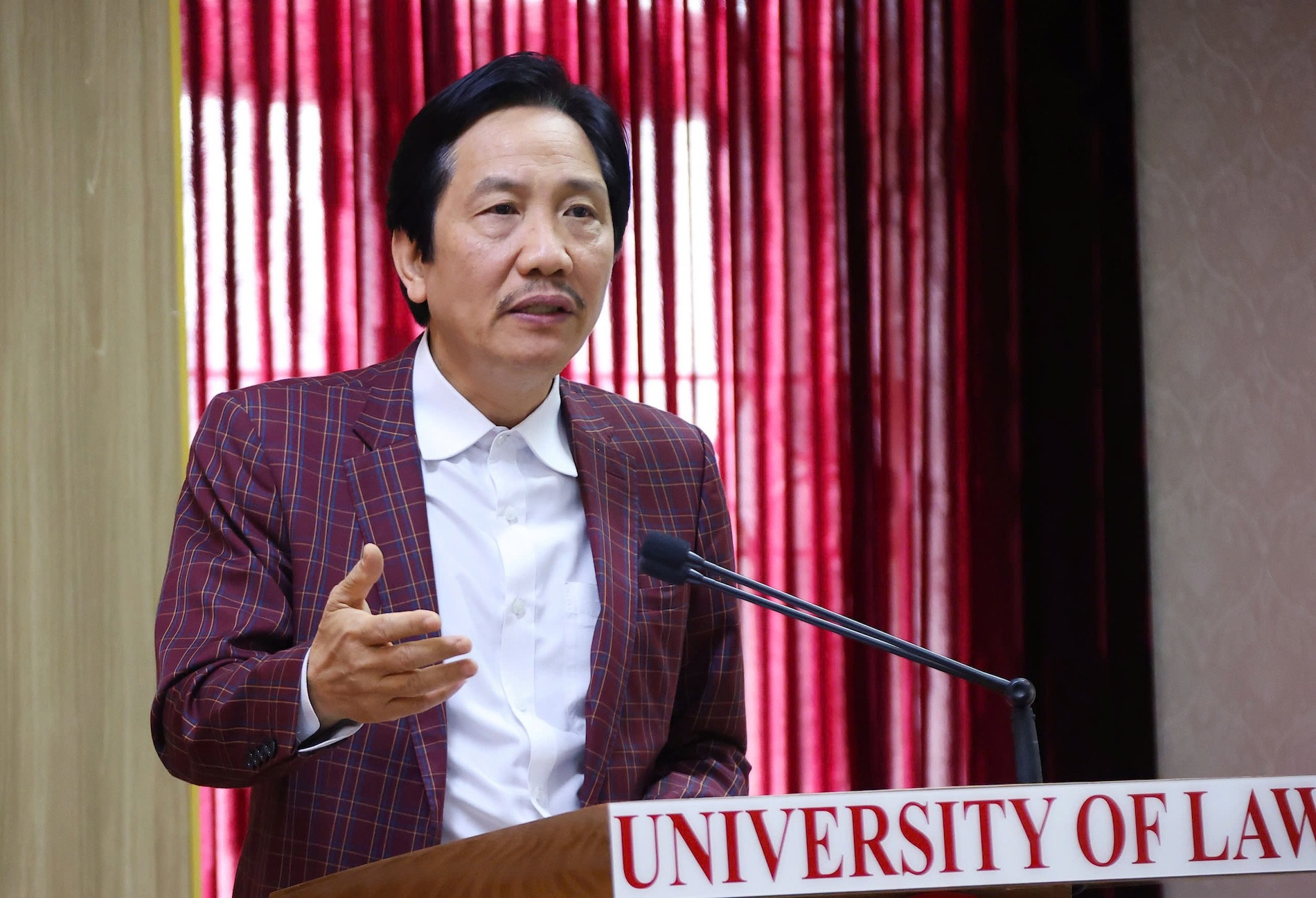
VietNamNet discussed the new features and key considerations for operating the two-tier local government model with Tran Anh Tuan, Chair of the Vietnam Association of Administrative Sciences and former Deputy Minister of Home Affairs.
What are the new mindsets guiding the organization of the two-tier local government?
Vietnam has merged provincial administrative units, cutting the number of centrally governed cities/provinces from 63 to 34, and reduced the number of commune- and ward-level units from 10,035 to 3,321, eliminating the district level.
The merger of administrative units and the establishment of a two-tier local government must begin with a mindset shift to build a lean, compact, strong, efficient, and effective system. This involves several new approaches:
First, a mindset that views the homeland is not just villages, hamlets, or communes but the entire country. Parochialism must be eliminated.
Second, a new perspective on commune-level units in the two-tier system. Post-merger communes and wards are no longer traditional communes but the governments under provinces with full responsibilities, authority for self-governance, self-management, and accountability to serve the people and promote local socio-economic development.
Third, a shift from state management to national and local governance, from an administrative model of “management and control” to one of “service and innovative creativity,” leveraging all societal resources for sustainable development, with people and businesses at the center.
Fourth, rethinking decentralization and delegation of authority between central and local governments. Decentralization must be substantive, clear, and thorough, not just superficial.
This reflects key directives from Party and Government leaders: “Assigning tasks to those who perform best”; “local matters should be decided, implemented, and accounted for by localities”; “one task, one person; one person can handle multiple tasks”; “don’t manage what you don’t understand”; and “those assigned tasks and authority must make decisions.”
With the newly amended Law on Local Government Organization passed by the National Assembly, what are the new principles for organizing and operating the two-tier local government?
The law introduces changes aligned with national development and modern requirements. First, it emphasizes a lean, effective, and efficient local government structure with accountability tied to power control mechanisms.
More importantly, it clearly defines principles for decentralization and delegation, allowing local governments to “decide, implement, and take responsibility” themselves. This supports the shift from state management to modern, effective local governance.
A fundamental change is the adoption of a two-tier local government model instead of three tiers.
This shift is necessary to address bottlenecks in management and operations, combat waste, reduce budget expenditures, streamline personnel, and enhance administrative efficiency.
The new model also eliminates the mindset that “provinces and communes must have organizations corresponding to central ministries or agencies.” It further removes distinctions between commune-level cadres and public servants and those at provincial or central levels.
This opens opportunities for developing digital governance, applying AI, and implementing comprehensive digital transformation in administration, creating interconnected and transparent databases across government levels.
The two-tier local government began on July 1. What issues should be prioritized in the initial implementation?
First, we must focus on ideological work to align awareness and actions across society, especially among cadres and public servants.
This creates enthusiasm, enhances responsibility, and fosters motivation for effective implementation and positive outcomes.
Administrative operations must remain continuous, particularly at commune and provincial public administrative service centers and the National Public Service Portal, ensuring smooth handling of public needs.
It is necessary to promptly propose amendments and adjustments to planning and development targets for communes and provinces, and issue new regulations on working mechanisms and central-local and provincial-commune relationships.
Competent authorities should quickly issue guidelines for reorganizing public service units, particularly at the commune level.
Localities must ensure consistency in managing cadres, public servants, and employees across merged provinces, including temporary guidance on recruitment, appointments, salary increases, rank promotions, and professional titles in administrative agencies and public service units.
Attention should also be paid to managing and resolving policies for non-professional commune-level cadres (which will no longer exist) and community-level staff. Plans for managing and using public assets, administrative offices, and equipment should ensure savings, avoid waste, and reduce costs for utilities and maintenance of former district offices.
Archival work is also critical. Agencies and localities are digitizing, sealing, and transferring documents to archives as required. However, attention must be paid to unsorted or unclassified documents, with time and resources allocated for proper digitization.
The Anh